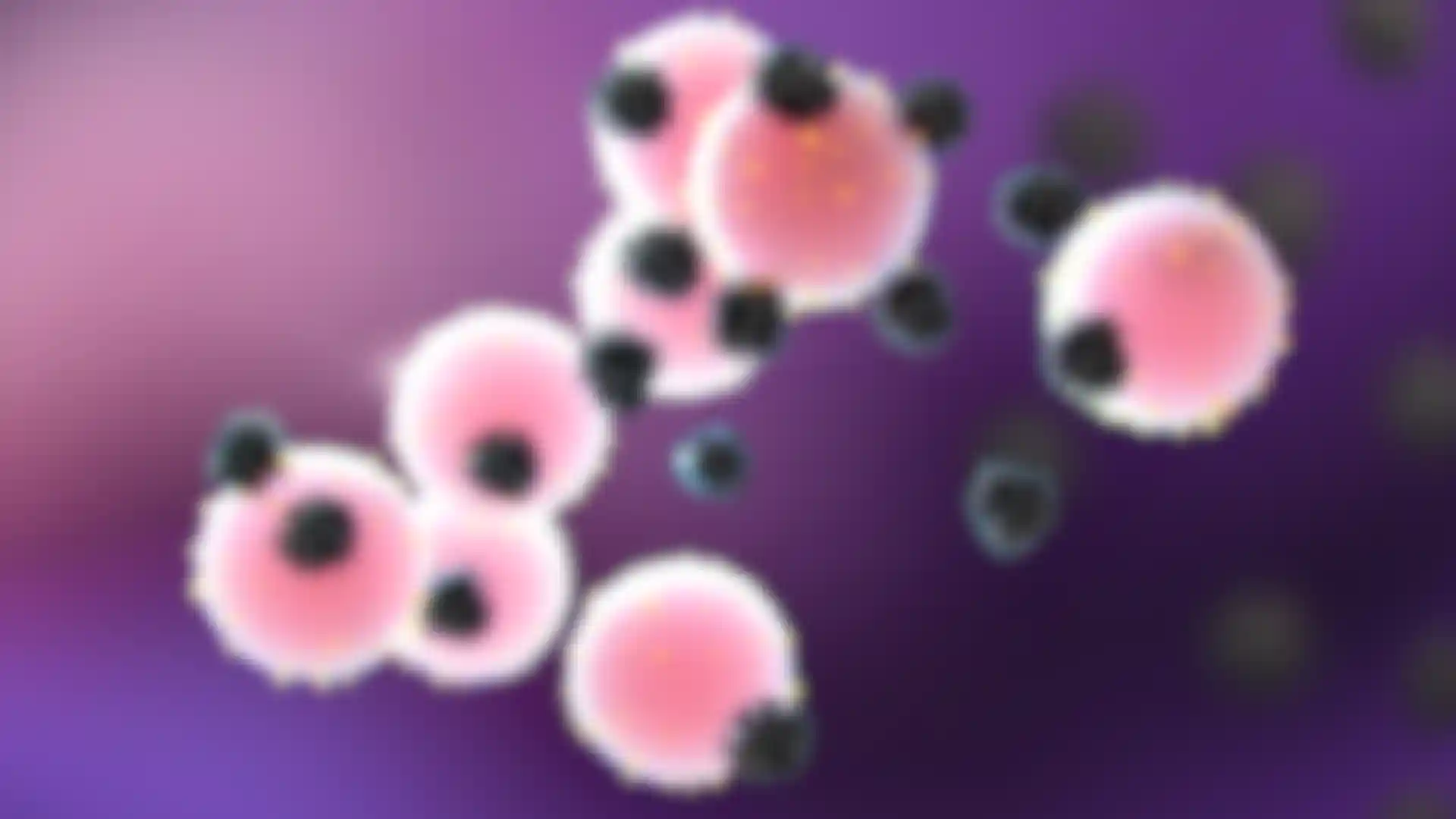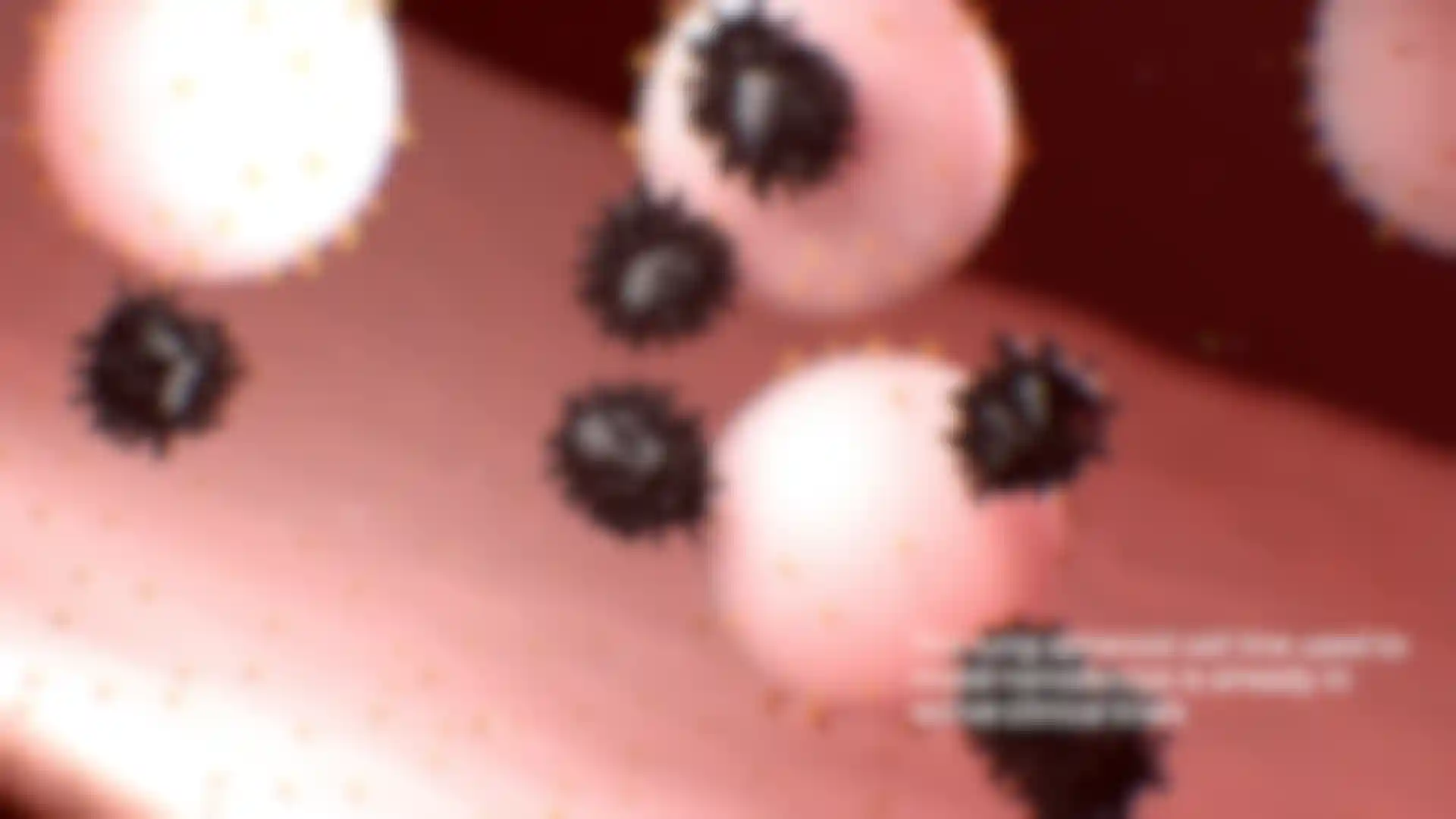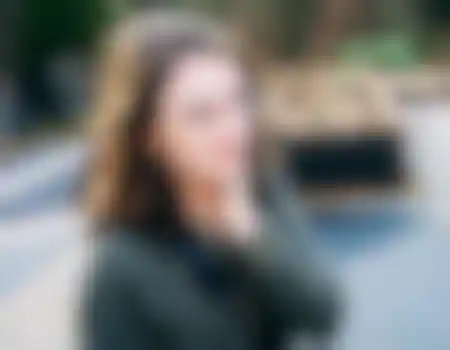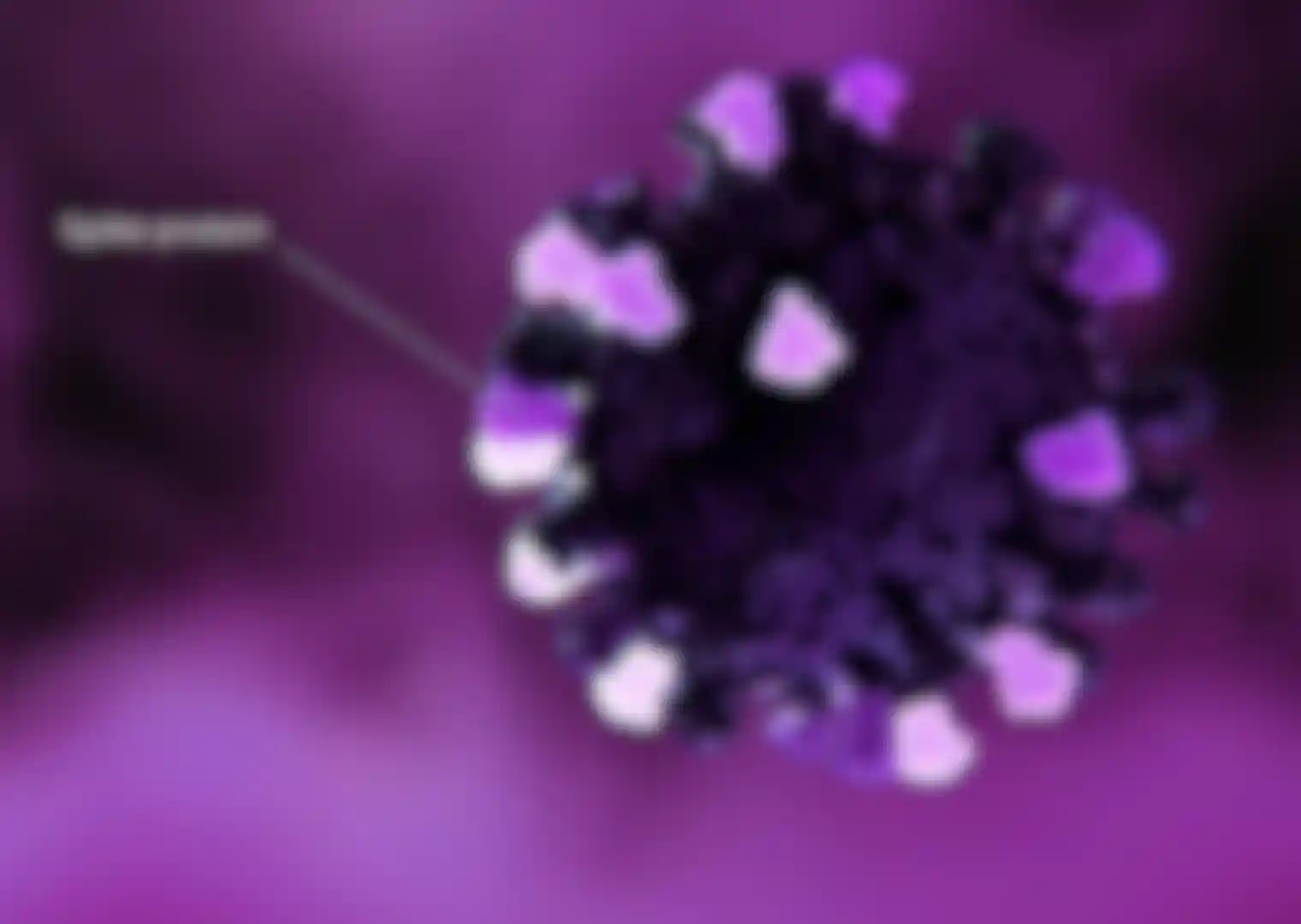
Illuminating a Cure Microverse Studios’ Amanda Manowski explains her animation of an emerging Covid therapy.
Throughout the pandemic, the race to find therapies to treat the sickest Covid patients has been a driving force in medical research. But microscopic and unseen Sars-CoV-2 has never been an easy target. More than two years after the virus emerged, it continues to mutate at a relentless rate.
Getting the public to accept emerging therapies for such an unknowable enemy is also an uphill battle. For Amanda Manowski, a biomedical animator at Microverse Studios, using Cinema 4D to visualize for a general audience how a new university-developed therapy could neutralize the virus was a welcome challenge.
Developing a Novel Treatment
In the spring of 2021, researchers led by Dr. Ke Cheng at North Carolina State University and UNC-Chapel Hill developed a novel and adaptive regenerative therapy made from human lung cells that shows great promise for treating all variants of Covid-19.
Using non-human primate models (macaque monkeys) in his BioTherapeutics Lab at NCSU, Cheng and his team deployed nanodecoys — bioengineered to mimic the receptors the virus binds to when patients become infected — to successfully trap Sars-CoV-2 before it infected cells and caused irreversible lung damage.
The research appeared in the peer-reviewed journal “Nature Nanotechnology” and was supported by the National Institutes of Health and the American Heart Association.

Dr. Cheng and his co-author Dr. Jason Lobo, a pulmonologist at UNC-CH, explain that by mimicking the receptor the virus binds to rather than targeting the virus itself, nanodecoy therapy could remain effective against current and emerging variants of the virus. The lung spheroid cells used to make the nanodecoys are already in active clinical trials.
Making Information Accessible
Cheng, as well as University stakeholders, asked Microverse to “promote their message with clarity and elegance,” Manowski, the lead animator on the project, recalls. With a background in engineering, scientific illustration and medical visualization, she was more than up to the task. “What I most enjoy about medical animation is taking an active role in making information accessible to a wide variety of audiences, as well as being immersed in the latest tools and techniques animation has to offer.”

Microverse started with the script before developing a specific look and feel through storyboarding to better guide the flow of the animation. “We built the assets with the required animation in mind, and most of what we see in the video was modeled directly in Cinema 4D,” says Manowski.
Visualizing Dr. Cheng’s therapy was not particularly difficult, she says, though the end result differed slightly from Microverse’s original vision. “Our clients wanted us to convey the fact that the nanodecoys are man-made and perfectly spherical, not like the more flexible, organic shapes we started out with,” she recalls.
Although the nanodecoys are relatively simple spheres, a lot of thought went into the execution of their overall look. “We considered everything from the subtle texture of the individual phospholipids that make up the nanodecoy’s membranes, to how light reacts with both the membrane and the ACE2 receptors, the golden molecules on the outside,” she says.
Unpacking the Creative Process
Borrowing from Hollywood character-animation techniques, the Microverse team styled each Covid particle as “shiny and unsettling insect-like entities to make them look ominous, something that definitely shouldn’t be in the human body,” Manowski says. The contrast between the Covid particles and the healthy, rose-colored tissues of the lung cells and nanodecoys give the video a dramatic, mysterious feel.

The swirling purple background offers viewers pleasing ambient motion as they absorb the diagrammatic information on the screen, and also helps distinguish Microverse’s COVID-19 animation from the many others flashing across TV screens on the nightly news.

References included multiple scientific resources from specific molecular structure data and micrographs to detailed written information about alveoli (the tiny, porous air sacs in the lungs), nanodecoys and molecules related to the therapy. “In terms of style, I also found some images that were largely abstract in concept to inspire my materials,” she says, adding that she had specific qualities of lighting effects and reflections in mind from the start.
Manowski used multiple programs to develop the geometry for the alveoli cross-section: “I started by attracting a bunch of soft body spheres together with X-Particles dynamics before exporting the resulting shape to ZBrush to fuse together, hollow out, detail and add capillaries,” she explains.

“Back in C4D, I set up multiple cells within the alveoli that would inflate and rupture from the internal pressure of the replicating virus with the help of more X-Particles dynamics and pose morph, which happens to be one of my favorite and most used features in C4D.”
Redshift played a key role in every 3D scene. “In addition to base materials and lighting, I built certain effects and AOV outputs through the material nodes, like that flashing spike protein scene,” Manowski says. Red Giant tools were used to add some enhancement glow, and compositing was done in After Effects.
An assorted palette of projects keeps her job interesting day to day. “Every project I’ve worked on with Microverse Studios has been a wild conceptual shift from the last, which is great for me personally,” she says. “I thrive on variety.”
When she isn’t animating and exploring new 3D techniques, Manowski spends time with her beloved dog, Mystery Meat, and delves into a set of hobbies, from archery to building furniture, as refreshingly diverse as the projects that come across her desk at Microverse. “It’s just so exciting and humbling to see the advancements that happen every day in both medicine and technology,” she concludes. “I'm immensely grateful to be part of the medical animation community and do what I do every day.”